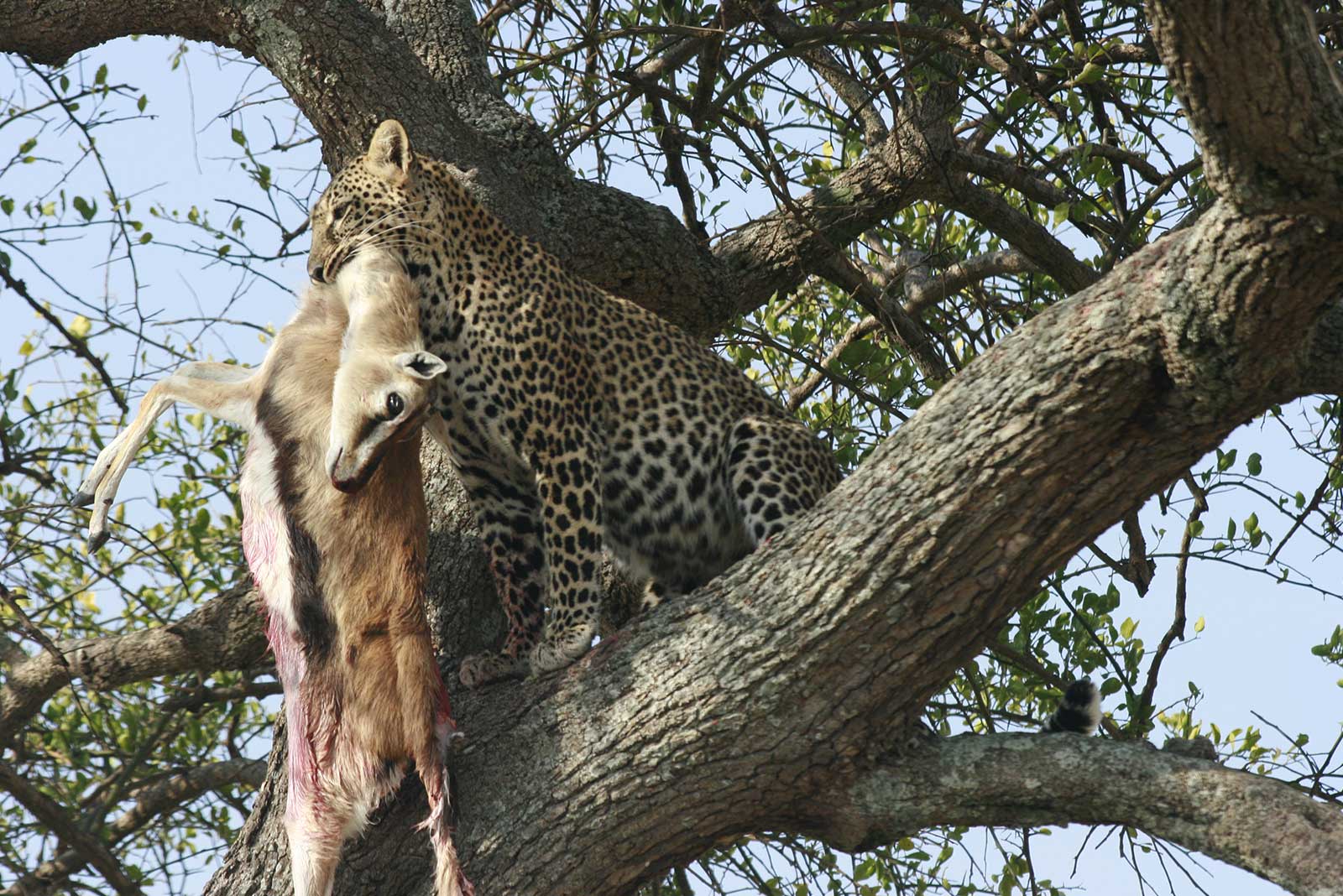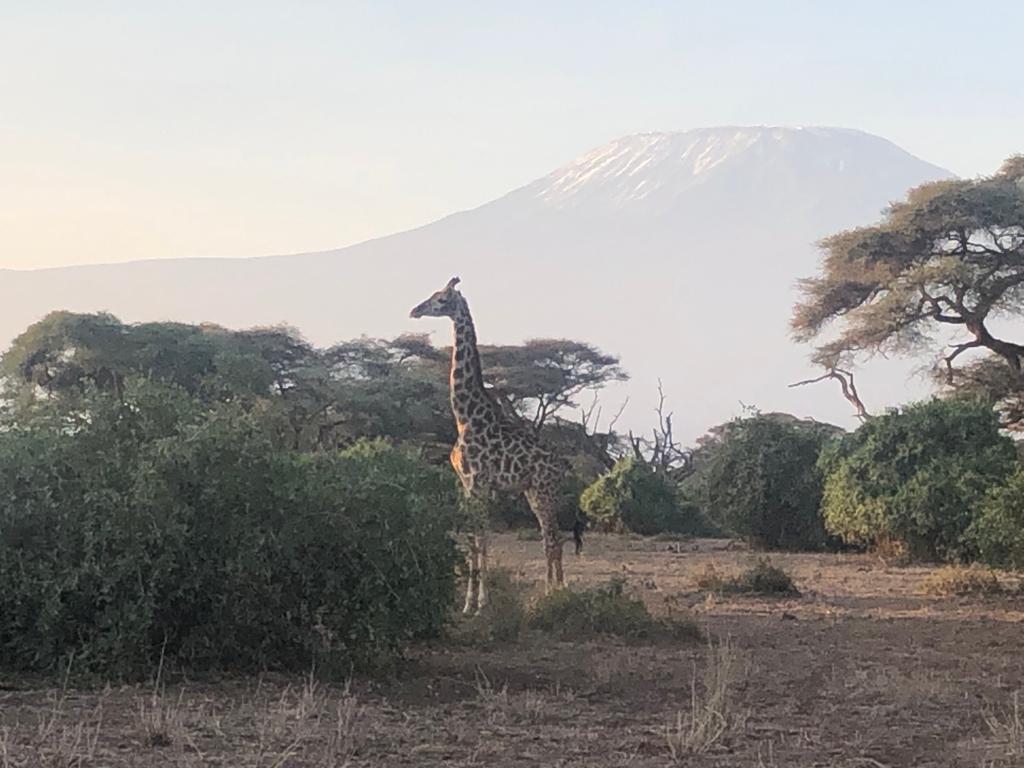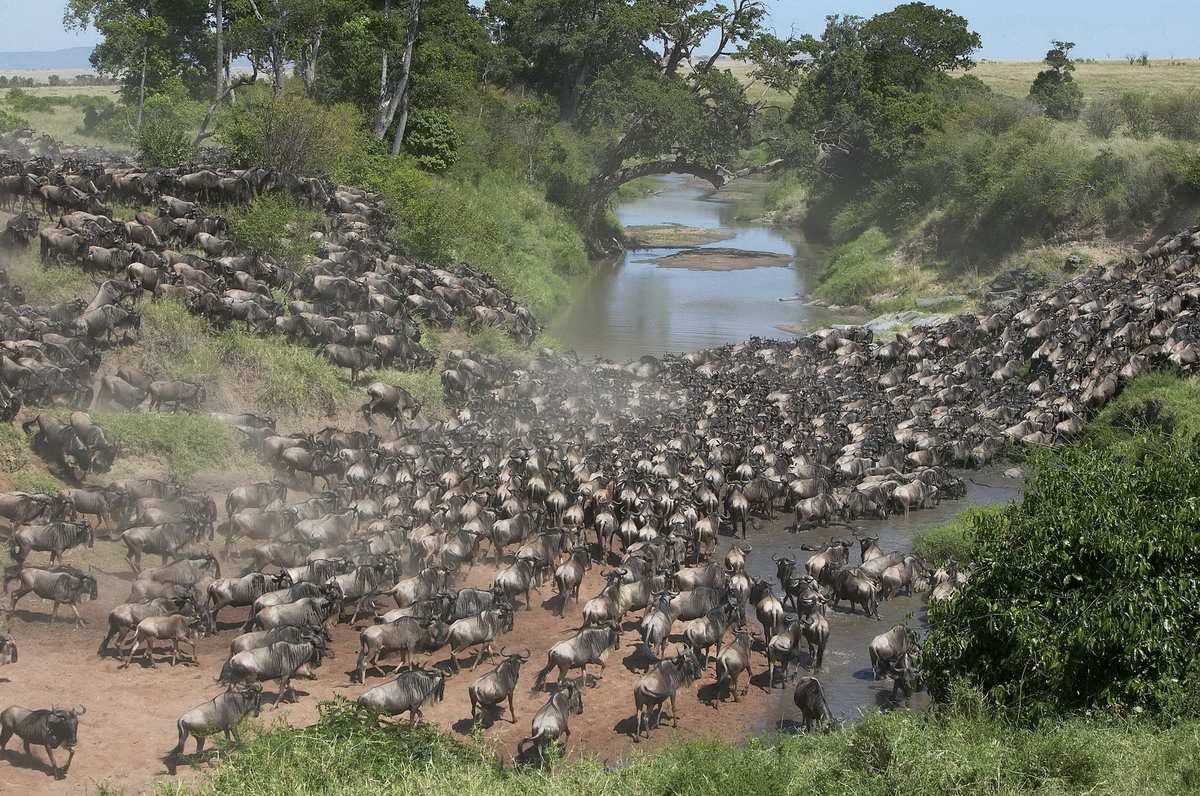
Predators That Will Turn Your Kenya Safari Teary (Both Man And Animal)
Merriam-Webster defines a predator as an animal that lives by killing and/or eating other animals. On a Kenya Safari Teary, one comes across abundant predators – wildlife species – but hardly give a second thought to how they affect the natural food chain. Here, in the wild, the evolutionary theory of ‘survival of the fittest’ is best exposed.
The hyena is one of the most Kenya safari teary dangerous predators in the savannah. Whilst they may be wary of human interaction during the day, towards sunset the paradigm shifts. Each year, harrowing scenes involving hyenas are witnessed and retold. This tragic incident of heavily pregnant zebra eaten alive by a pack of hyenas unfolded in the Masai Mara National Reserve. The mare was too heavy to keep up with the rest of her herd, leaving her vulnerable. The hyenas took advantage of her situation and initially a few started attacking her from behind. The zebra was simply unable to get away but was pitifully determined to fight to the end. More hyenas, sensing an easy victory, gather around her rear attacking unrestrainedly and ferociously. The zebra did not stand a chance against so many predators, some already soaked in blood, but she still tried to stand up, looking on in a stoic and defiant manner as they surrounded and attacked. The hyenas instinctively knowing that the end is close and the helpless zebra could no longer keep up the strength to fight attacked in a blood-bathed frenzy whilst tearing the flesh off her. The final heartrending moment is subsequently when the unborn foal was savagely ripped out of the mother’s carcass and carried off by one of the hyenas. Initially, in severe shock and finally numb with pain, the zebra does not make a sound during her twenty-minute torment. Other predators sensing a kill start closing in and a black-backed jackal manages to take off with some of the slaying. This is nature at its most brutal.
Remember the childhood animation character Dumbo and how his fellow elephants taunted repeatedly with ‘Hey Dumbo, did you ever see an elephant fly?‘ This is the episode of a flying baby elephant – a curious elephant calf who was sent flying after picking a mismatched fight.
The calf unwisely attempted to intimidate a huge buffalo bull. He was among a herd of elephants refreshing themselves at a watering hole when the mature buffalo walked towards the water to join them. Whilst the adult elephants seemingly paid little attention to their new drinking partner, the calf was clearly put out by his presence – charging towards him in the bizarre hope that his tiny frame would somehow scare the massive buffalo, more than twice its size, into leaving the area. The bull was not intimidated in the slightest and casually waited until the calf was within striking range before shoving him with his huge horned head. The poor calf was thrown several feet into the air before crashing back down on to the savannah.
The calf is likely to have had second thoughts as he closed down on the buffalo, but by that point, it was too late. Although the young elephant’s pride was undoubtedly hurt, he escaped great physical injury – perhaps even death – and spent the rest of the day hiding behind his mother. The chain of events in no way disturbed the other elephants – almost as if they had shrugged off the calf’s unwise attempt at intimidation as a valuable life lesson.
Known as one of the big five, the African buffalo is widely regarded as a very dangerous animal as it gores and kills over 200 people every year. Buffaloes are sometimes reported to kill more people in Africa than any other predator, although the same claim is also made of hippos and crocodiles. Buffaloes are notorious among big game hunters as very dangerous animals, with wounded animals reported to ambush and attack pursuers.
Have you ever heard of Satao? Well, he was one of Kenya’s largest African bull elephants. He was known as tusker as his tusks were so long they almost touched the ground. On 30th May 2014, poachers finally caught up with the 46-year old Satao. An arrow smeared with Acokanthera poison hit him in his left flank and penetrated his body cavity. It travelled right through to his vital organs. To begin with, he might have run, to get deeper inside the park, where he felt safe. Running would have made the poison work faster. He did not get very far. Eventually, he stood still in the open ground, not a mile from the park boundary – with the potent cardio-toxin coursing through him. Without any cover to hide his tusks, he would have felt exposed and vulnerable. He would have stayed on his feet as long as he could. When the end came, it was probably quick. He collapsed, his legs splayed out – slumped in the macabre likeness of a sleeping puppy. He never got to his feet again.
Kenya’s iconic bull elephant was in due course identified, his face hacked off and tuskless, and where glorious red Tsavo soil had once patterned his skin, it was now white-painted with vulture faeces. The only consolation in the death of magnificent nature is the bounty for the scavengers and a resurrection for the soil – but not in this case. A great life was lost so that someone could have a trinket on his or her mantelpiece.
Man is a predator and has to be involved in the equation of balancing wildlife for millennia. The search for food played a major role in the bio-cultural evolution of man. Unfortunately, more recently, hunting big game for sport and profit has contributed to shaping humanity’s social organization. A tipping point has now been reached: more African elephants, Black Rhinos and African Lions are being killed each year than are being born. Their end is in sight and at this rate; the animals could be wiped out in 100 years.
In July 2013, roughly 500 vultures died after they ate the pesticide-laced carcass of an elephant that had been killed by poachers. It was an example of one poaching technique in Africa that seems to be on the rise: the poisoning of vultures so that authorities will not be alerted to the location of the crime.
The overhead circling of vultures has long been used to locate lost or dead livestock. In the same way, vultures help law enforcement officers zero in on poachers. With their keen eyesight and distinctive vantage point, vultures can locate an elephant or rhino carcass within 30 minutes of the animal’s death. It can take 45 to 70 minutes for the most skilled poachers to hack off two elephant tusks, and when vultures gather overhead, rangers can get that much closer to apprehending the perpetrators.
Vultures are among the longest-living birds, surviving up to 30 years in the wild. They reproduce very slowly, reaching sexual maturity at 5 to 7 years of age on average. They generally produce one chick every one to two years. This reproductive strategy worked well, until the poisonings.
Elephants and rhinos are being killed by the same poisons that poachers use to kill vultures. These pesticides are poured into water holes and onto salt licks, sprinkled over pachyderm delicacies or used to coat the tips of arrows. The carcasses of these huge animals can then poison the next round of consumers, the scavengers.
These birds play an important role in the ecosystems where they live. At first glance, many might consider vultures a ‘disgusting bird’. However, by eating carrion, vultures eliminate rotting carcasses that might otherwise become factories for diseases, and which could have consequences for human health.
On your next Safari, enjoy your natural surroundings and be mindful and respectful of the predators that are ever so near and present.





